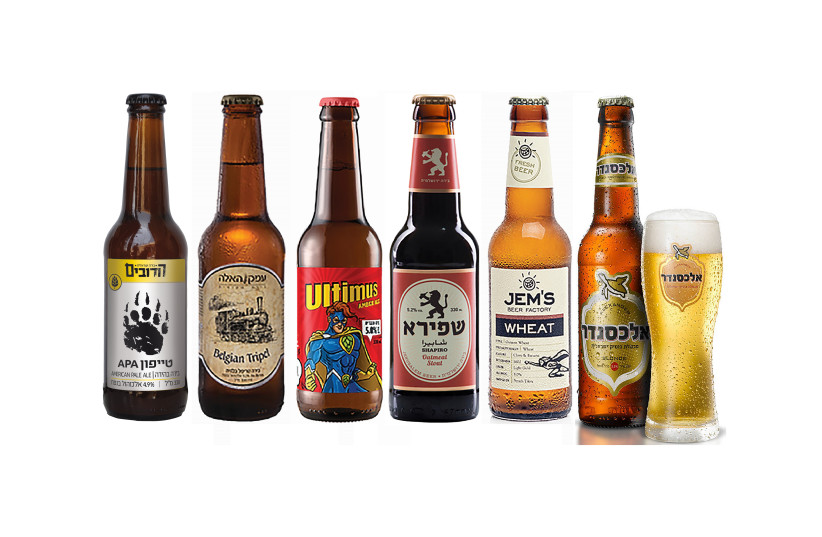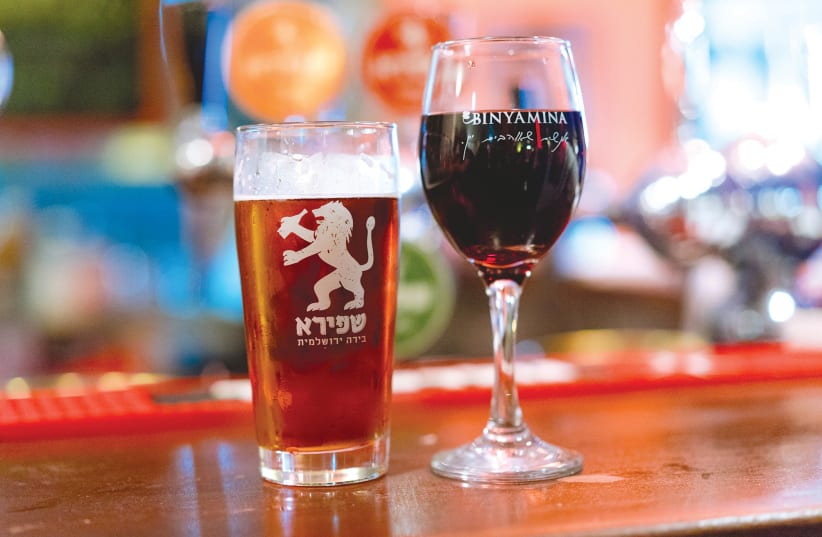Lager, a popular type of beer, originated from the hybridization of yeast species in 1602 Germany, a new study has found.
Before the findings of this research, it was believed that lager was made when Saccharomyces cerevisiae became contaminated with wild yeast 200 years after the actuality. This was disproven by the researchers as Central European historical brewing records mention “lager-style” bottom fermentation in Bavaria before the wild yeast theory would explain.
Researchers published their findings in a peer-reviewed article in the Oxford University Press.
The researchers traced historical records to the court brewery (Hofbräuhaus) of Maximilian the Great, elector of Bavaria in Munich.


The history of beer consumption
Beer was brewed in the Mediterranean 13,000 years ago, the majority of beer brewed was ale until the 20th century. Now, lager accounts for 90% of beer consumption.
Brewing ale requires a yeast named Saccharomyces cerevisiae, according to the Sierra Nevada Brewing Company. In medieval England, Ale was the most common drink and was made from malted grains, water, and fermented with yeast, according to Carnegie Mellon University.
In Bavaria 1516, only the bottom fermentation of beer was permitted by law, the same brewing method used to make lager. Bottom fermentation is the process by yeast strains work at lower temperatures 5°C–10°C (41°F–50°F), which causes the yeast to work less vigorously and create carbon dioxide more slowly, according to Craft & Beer Brewing. At this time, in Bohemia, beer was made with Saccharomyces cerevisiae which was imported into Bavaria.
The economic ramifications of beer imports were of significant concern to rulers, and so in 1548 Wilhelm IV created an exception to the aforementioned legislation, giving permission to Baron Hans VI von Degenberg to brew and sell wheat-based beer in the border regions to Bohemia.
Where did lager come from?
Baron Hans VI von Degenberg family lineage ended in 1602, two generations later, so Bavarian Ruler Maximilian the Great absorbed the right to brew and sell the wheat-based beer. In October 1602, yeast from the brewery was brought to the Duke’s court brewery in Munich. It is here that the researchers believe that Saccharomyces pastorianus was created through hybridization.
The yeast used for ale, Saccharomyces cerevisiae, mated with a cold-resistant strand of yeast called Saccharomyces eubayanus forming Saccharomyces pastorianus. This led to the first formation of lager.
